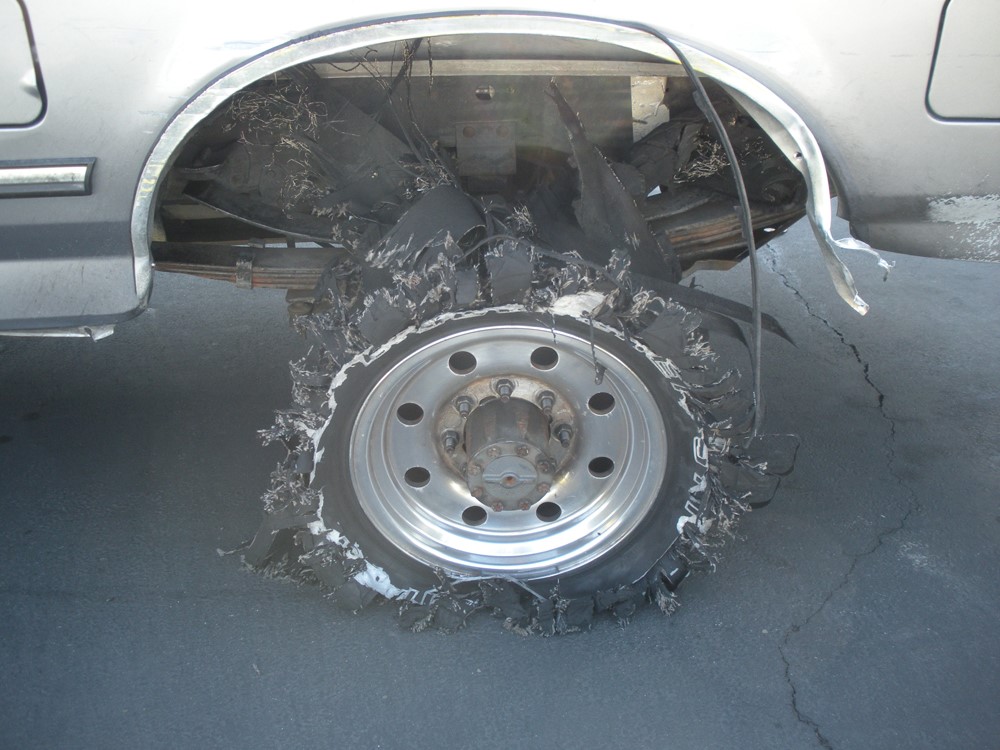Our vehicles are not massage chairs. While we may enjoy a good vibration in an overstuffed recliner, us Glendora car owners generally want as smooth a ride as possible in our vehicles. One way to achieve this is to keep a vehicle’s wheels in balance.
When a tire is mounted onto a wheel, it is usually out of balance. This means that as the wheel spins, there is a slight wobble to the path of the tire. For best handling performance and safety on the road, Glendora motorists want to minimize this wobble as much as possible. So we balance our tires. To balance a tire, your reliable Certified Auto Specialists service advisor spins it on a machine or drum to determine where it is off-balance. He then attaches weights that counter-balance the uneven weight. Most Glendora motorists are surprised at how much balancing improves the smoothness of their ride.
High-quality tires generally hold their balance well. But over time, wear and tear take their toll and tires can become unbalanced. Glendora motorists can tell when a front tire is unbalanced if they feel a vibration in the steering wheel. If a back tire is unbalanced, you’ll feel a vibration in your seat. You may not notice these vibrations until they get fairly serious — or until someone else drives your sedan — because they usually develop slowly. If a vibration starts abruptly, it usually means you’ve lost a balancing weight.
The average tire rotates at about 850 revolutions per minute at 60 mph. When a tire is out of balance, it actually hops down the interstate, rather than rolling. So at 60 mph it is slamming into the pavement 14 times a second. That’s what creates the detrimental vibration. When Glendora motorists’ tires are out of balance, they wear out more quickly. The lack of balance also causes extra wear on shocks, struts, steering components and essential suspension parts.
Getting a balance job at Certified Auto Specialists in Glendora can prevent expensive repair bills and even an accident. It will improve the safety of your sedan as well as its handling performance, and it will improve your fuel economy. When you change your rims or get a flat repaired at Certified Auto Specialists, you’ll need to get your tires balanced as well. When you rotate your tires, you may want to have them balanced as well.
Some Glendora vehicle owners, however, only balance their wheels every other rotation. You can check your owner’s manual to see what the recommends for your sedan. Balancing your tires is part of important preventive maintenance. It keeps your vehicle in good repair and prevents damage to many of its components, including some pricey ones. So practice good car care and make it a point to keep your tires balanced. It’s quality auto advice from Certified Auto Specialists. Massages chairs may vibrate away our worries, but unbalanced tires will just rattle Glendora car owners’ nerves.



